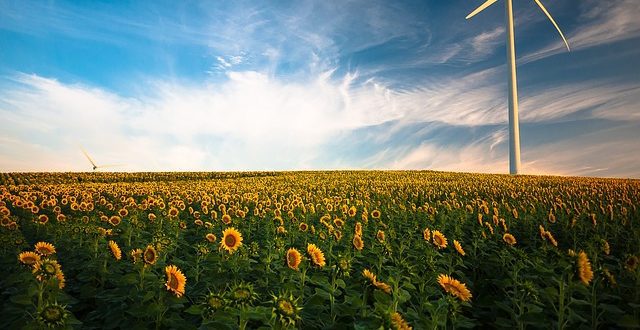Increasingly, around the globe, we rely on renewable energy to power our lives and roll back the damage we do to our planet’s resources. For many, energy sources like wind and solar are becoming the standard to keep our businesses fueled cleanly and inexpensively. As renewable energy sources become more prevalent around the globe, there is increased hope that not only will renewable energy become our only source of energy, but that this shift will happen soon.
Progress Around the Globe
Progress is easily identifiable. Sweden’s goal of 100 percent sustainability by 2040 is already at an astounding start; they achieved their 2030 production goal 12 years early. With Tesla’s aid, Samoa will soon be 100 percent sustainable. These two countries will join Costa Rica, Paraguay, Uruguay, Iceland and Norway as 100 percent reliant on renewable energy sources.
More Attractive Option
The world is turning to solar not just to reserve our planet’s resources, but because it’s safer as well. After Puerto Rico’s entire energy grid was destroyed during 2017’s hurricane season, Tesla stepped in and helped get hospitals back online with solar power.Going into 2018’s hurricane season, Puerto Rico’s solar grid is much stabler than the aging and outdated power grid that led to 2017’s disaster. Their hospitals are much more able to care for their population during a disaster.
Puerto Rico isn’t alone; solar power in hospitals is a becoming a larger part of efforts to turn the sheer amount of resource usage and waste hospitals can generate into more eco-friendly methods of sustainability. Bulked up by programs to reduce water waste and increase recycling, hospitals can lead the charge to moving towards greater sustainability.
Work With the Environment
Part of the reason why renewable energy is so promising is the way it works with the environment to achieve greater results. While some systems, like irrigation, push large amounts of resources towards an end goal, sustainable methods, like environmental engineering, can use the Earth’s resources as they occur naturally to achieve the same results with far less waste. For example, students at Arizona State University created subdivision designs to include landscape alterations that control the flow of rain so that it naturally irrigates a wider section of neighborhoods, reducing the need to water lawns. It is the embodiment of working smarter instead of harder. The resources are naturally occurring; the landscaping drives rainfall to where it can do the most good. Meanwhile, incorporating tree placement into home and lawn planning can cut down on electricity costs as much as 10 percent by reducing cooling costs. Other tree benefits include reducing pollutants in the air, protecting against soil erosion, and even reducing street maintenance.
Accessibility
The more prevalent renewable energy becomes, the more accessible it becomes. Solar power has seen a boom in recent years, in no small part to the variety of ways consumers have found to afford making the change. Between government subsidies, mortgage refinancing options, and solar leasing, solar panels are easier to acquire than ever. Combined with solar’s power to save households money, they are becoming increasingly popular among homeowners. Many homes are not only able to create enough energy to power themselves completely but can push excess energy back into the power grid, reducing the amount of non-sustainable energy needed in their area. As solar becomes less expensive and easier to acquire, this trend will increase.
Between creating energy and intelligently using resources, 100 percent sustainability across the globe is closer than ever.
 Alternative Energy HQ solar power for homes, wind energy, and bio fuel issues
Alternative Energy HQ solar power for homes, wind energy, and bio fuel issues








One comment
Pingback: Signs of Hope on the Renewable Energy Front